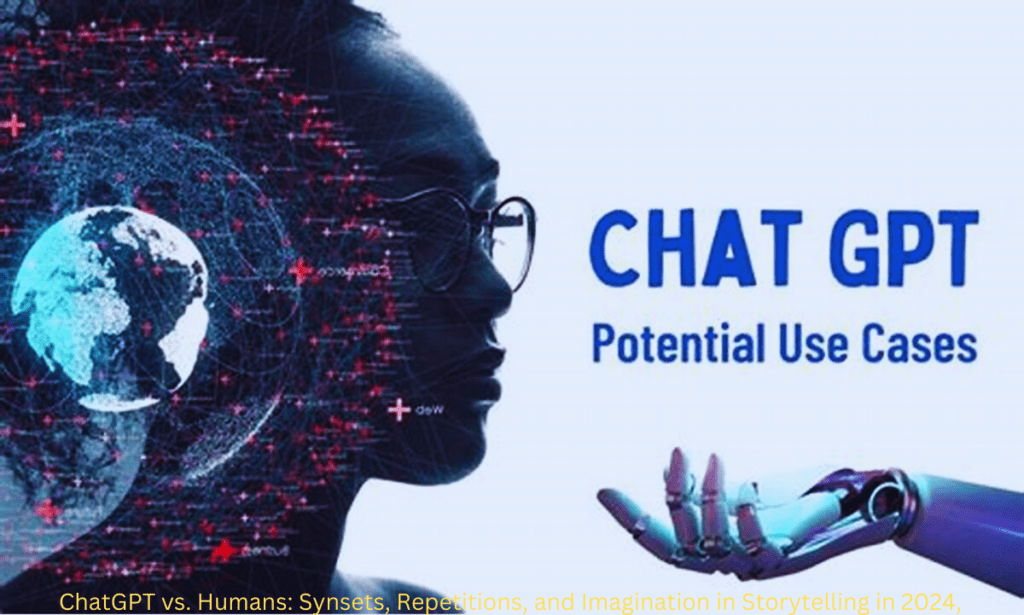
The study sheds light on the distinct qualities of human and ChatGPT storytelling. While ChatGPT maintains consistency, human retellings evolve with each repetition, showcasing creativity and imagination.
The choice of speech elements differs, emphasizing human focus on feelings, whereas ChatGPT prioritizes objects and entities.
Despite condensed versions, humans produce more refined and imaginative narratives, preserving the essence across iterations.
This exploration not only highlights the capabilities of both but also underscores the unique human touch in storytelling.
Human and ChatGPT: A Comparative Analysis of Storytelling Skills
People have a unique ability to communicate effectively stories about various events, whether they are distant, imagined, projected, or historical. This narrative communication is deeply intertwined with human civilization and culture, allowing individuals who couldn’t attend an event to virtually experience it.
The Significance of Storytelling Skills
One crucial aspect of narrative communication is the temporal sequence in which audiences experience the story and its emotional flow before being reminded or retold. Human civilization has a rich history linked to the art of storytelling, where individuals remember both the original text and their personal experiences when recounting or remembering stories.
Narrative Evolution: Human vs. ChatGPT Retellings
In a recent study published in Scientific Reports, researchers compared human storytelling skills with those of ChatGPT, a large language model. Despite both human and ChatGPT retellings being condensed versions of the original tale, key differences emerged in the patterns followed.
Dynamic Human Retellings vs. Consistent ChatGPT Narratives
Human retellings exhibited a fascinating quality—they changed with each repetition, offering a fresh and unique perspective on the preceding narrative. In contrast, ChatGPT retellings remained remarkably consistent across iterations.
Speech Elements: A Closer Look
A notable distinction arose in the use of speech elements. Humans utilized twice as many negations and more verbs, pronouns, and adverbs compared to ChatGPT. This suggested that humans were more focused on conveying feelings and behaviors through gracious their storytelling.
ChatGPT’s Emphasis on Objects and Entities
Conversely, ChatGPT showed a preference for adjectives and nouns, indicating an emphasis on objects and entities in its retellings. Despite the cognitive effort required for negations, human retellings exhibited a higher rate of negations compared to ChatGPT.
Unraveling Linguistic Patterns
In the first recounting, ChatGPT used fewer synsets than humans, but it exhibited a higher synset density, and synsets were more likely to hold throughout its retellings. This highlighted distinct linguistic patterns between human and ChatGPT storytelling.
Uniqueness in Human Storytelling
In conclusion, the study illuminated the unique qualities of human storytelling, marked by evolving narratives, imaginative retellings, and a focus on feelings. Despite ChatGPT’s ability to generate condensed and simplified versions, human storytelling are always remains a dynamic and distinctly human art form.
Frequently Asked Questions (FAQ’s)
Q: How do human and ChatGPT storytelling skills compare?
A: The study reveals differences in consistency, creativity, and the use of speech elements between human and ChatGPT retellings.
Q: What is the significance of emotional flow in storytelling?
A: Emotional flow allows audiences to experience a story before being reminded or retold, playing a crucial role in narrative communication.
Q: How do speech elements vary between humans and ChatGPT?
A: Humans use more negations, verbs, pronouns, and adverbs, reflecting a focus on feelings, while ChatGPT employs more adjectives and nouns, emphasizing objects
Q: What role do synsets play in storytelling?
A: Synsets, or sets of synonymous words, contribute to the richness of storytelling. The study shows differences in synset usage between human and ChatGPT retellings.
Q: How do human retellings change with repetitions?
A: Human retellings evolve with each repetition, showcasing creativity and imagination, while ChatGPT retellings remain remarkably consistent.




Leave a Reply